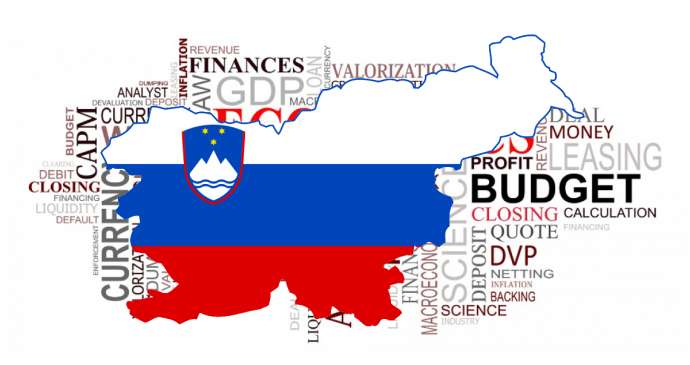STA, 16 June 2021 - Slovenia's central bank has markedly upgraded its economic growth forecast for the country since December and is now projecting the economy to expand by 5.2% this year, up 2.1 percentage points, followed by a 4.8% growth in 2022, up from the 4.5% forecast in December.
Banka Slovenije thus expects GDP to return to pre-crisis level at the beginning of next year. Further afield, the central bank has kept its projections unchanged, which means it still expects GDP growth to ease to 3.1% in 2023.
Presenting the latest outlook at a press conference in Ljubljana on Wednesday, Vice-Governor Jožef Bradeško noted the persistently demanding environment and great uncertainties.
"[The uncertainties] have been reduced in terms of the pandemic but remain high. They are also high with respect to geopolitical developments," he said.
While the recovery will depend on the health situation, and uncertainties due to disruptions in supply chains, growth will be driven by domestic and foreign demand.
"We expect a recovery in household spending as well as increased investment activity by the private sector and the state," said Arjana Brezigar Masten, the head of the central bank's analytics and research centre.
Inflation will rise but is expected to remain below the central bank's mid-term target of 2%. It is expected to run at 1.3% this year, mainly due to the effect of last year's dip in prices of energy products, and then rise to 1.6% in 2022 and 1.7% in 2023.
The investment drive is expected to be reinforced with investment co-funded by the EU's Next Generation fund. State investment is expected to contribute a good two percentage points to GDP growth in three years, most of which this year.
Against such a backdrop, companies are expected to kick-start investment in equipment and machinery with a further boost to investment expected to come from private investment in housing.
The central bank also expects an "encouraging" growth in exports driven by a recovery of economic activity in Slovenia's trading partners, but Brezigar Masten said the effect of net foreign trade on GDP would be rather small as imports are expected to grow as well.
The most important engine of growth will be private spending, which is expected to grow at an average rate of 4.7% between 2021 and 2023 as monetary policy measures are keeping financing terms favourable.
The rate of saving is expected to gradually decrease in the coming years, but is to stay slightly above the pre-crisis levels.
"We expect robust growth in spending on non-essential durable goods and semi-durable goods such as cars, and substantial demand for accommodation and hospitality services, also owing to redemption of tourism vouchers. We expect consumers will redeem about half of the vouchers that they haven't used already," said Brezigar Masten.






